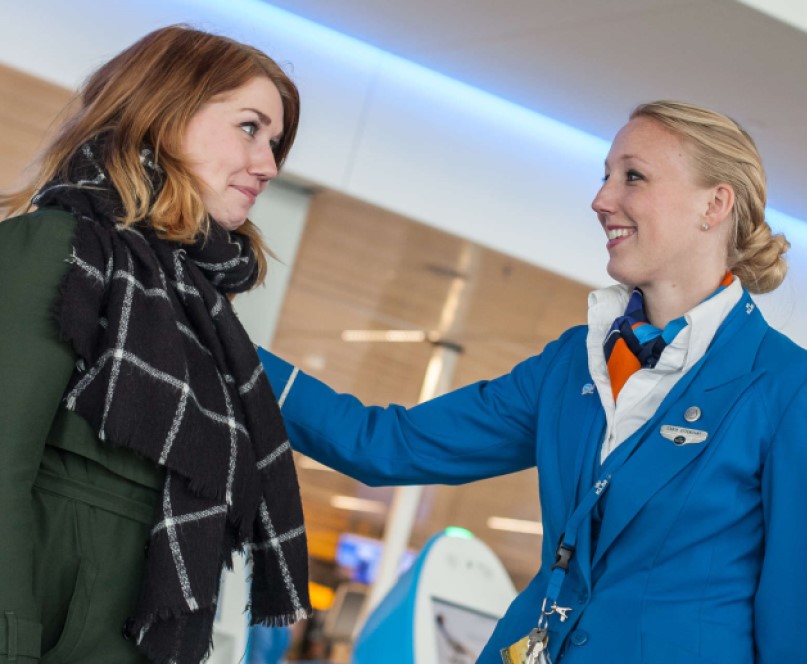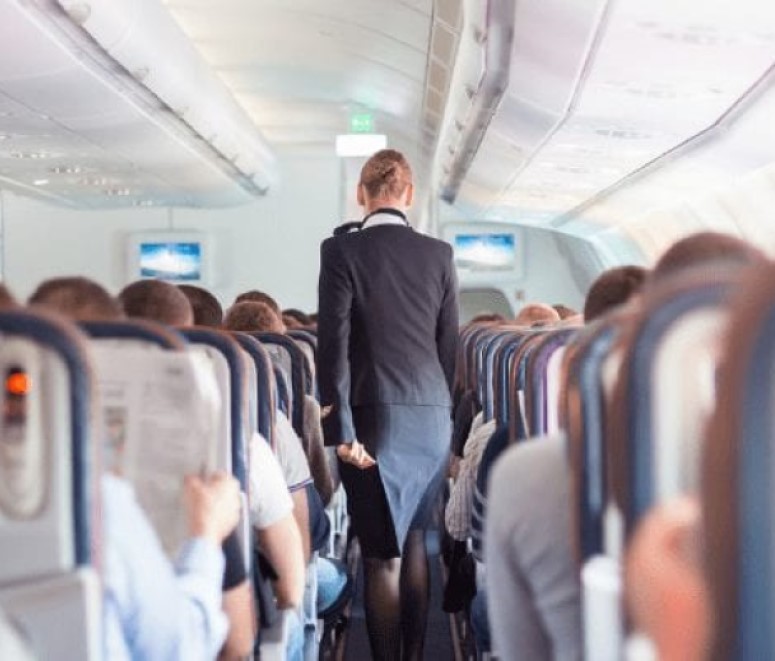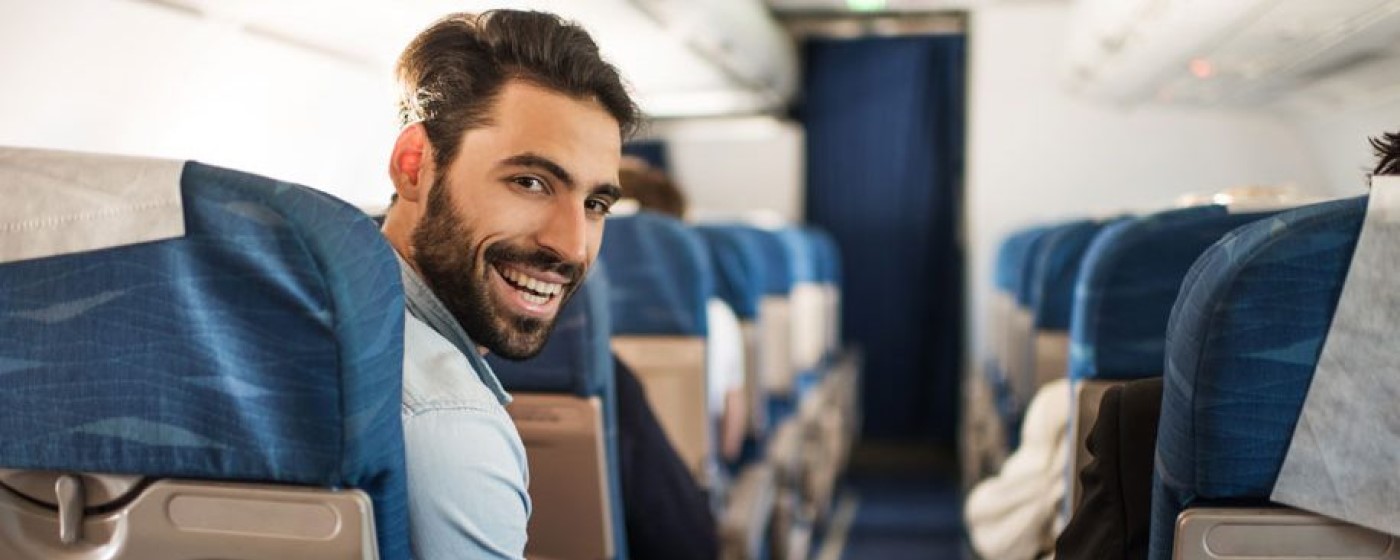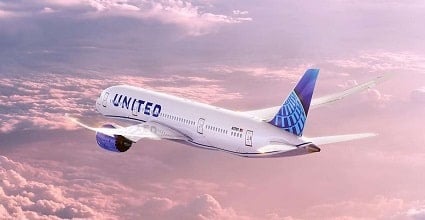It’s #MentalHealthAwarenessWeek in the UK, so we’ve taken the opportunity to find out how airlines, airports and aircraft manufacturers are helping travellers stay well when they fly. Here are just some of the ways that wellness – both physical and mental – is being considered, and improved, in the air.
‘Therapets’
Aberdeen Airport recently launched a great wellness initiative with the Canine Concern Scotland Trust, which sees dogs from their ‘Therapet’ scheme come in to the airport terminal to help soothe the nerves of any anxious flyers.
The initiative is a first for the UK and sees the airport using a team of fourteen dogs that, with their handlers, mix with passengers in the pre-departure areas of the airport to help relieve any built up stress and anxiety they may have.
The animals love nothing more than to be stroked or cuddled up to and it has been shown that the effects of simply stroking an animal can help slow your heart rate, calm breathing and lower blood pressure which all have the result of helping to reduce anxiety and give a feeling of mental well-being.

The team, featuring Doug the Pug, create a friendly, welcoming and paw-sitive (sorry) atmosphere at the airport and we think that it’s a brilliant idea. Other airports already operate similar schemes in the USA with San Francisco, Dallas-Forth Worth, Phoenix, Denver and Charlotte having their own on-paw team.

Fear of flying courses
Airlines have always had safety as their core concern, but these days that also extends to passengers’ mental wellness.
Although safety in the air has never been better, the prospect of air travel is nonetheless a very real source of anxiety to many – so fear of flying courses have become key programmes which many airlines run these days.
Both British Airways and EasyJet run special courses that see senior captains speak to passengers to explain the technical aspects of a flight and demythologise factors like turbulence and aircraft noise, as well as deal with common misconceptions.
The mind is a powerful thing and special techniques are taught by psychologists to interrupt fear, stop panic attacks, calm breathing and fundamentally alter the mind by replacing negative thoughts with positive ones.
The courses end with a short flight where you are accompanied by specially trained staff to help reassure you and show you that actually, yes, you can do this.
How improvements in aircraft design help you feel better
You might think that all planes are the same but really they aren’t. As well as being faster, quieter and more efficient, the latest generation of planes from both Airbus and Boeing have been designed to ensure passengers feel as good as possible both during and after the flight.
The side effects of aircraft cabin pressurisation, essential to ensure passengers can actually breathe during their flight (when at cruising altitude, the air is too thin for us to breathe and the outside air temperature is around -60°C), include dry skin, a feeling of lethargy and can even alter the taste of our food and drink.
To compensate, aircraft have in the past been pressurised to 8000ft, which means that, inside the plane, we are sitting at an equivalent altitude to Machu Picchu for hours and hours upon end. However, more modern aircraft deigns like the Airbus A350 and Boeing 787 Dreamliner only need to pressurise to around 6000ft, which is equivalent in altitude to the city of Colorado Springs. They also have higher humidity levels too.

These small changes are in thanks due to the modern construction of their fuselages which ditch traditional aluminium and see the use of CFRP (Carbon Fibre Reinforced Polymer) – or, in layman’s terms, a very strong plastic. The rigidity of the material allows for far better onboard air quality, which in turn means less drying out of the skin and sinuses – and less pressure on our respiratory system, making it much easier to breathe and stay calm.
British Airways, Qatar Airways and many others use the A350 and B787 so where possible you should definitely book yourself on a flight being operated by one of these aircraft types. You are going to feel far better for it.




